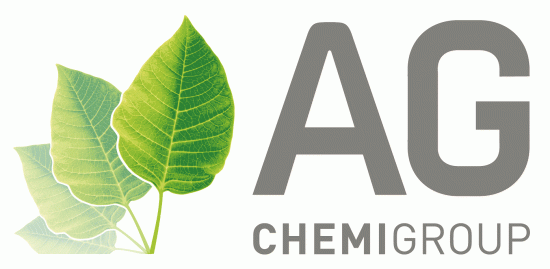While turning wet waste, such as pig dung and food scraps, into car fuel may sound simple, it simply isn’t.
The problem is that it is too wet. Drying it out solves the problem but consumes about as much energy as can then be extracted.
However, a team from the University of Massachusetts and the University of Illinois' Prairie Research Institute were recently able to use a hydrothermal liquification (HTL) process to turn wet waste into a practical biofuel ingredient.
Because the new process uses water as its reaction medium, it is able to convert even nonlipid (nonfatty) biowaste components into biocrude oil. The researchers then added an additional process to create a fuel that is compatible with diesel.
As the online scientific journal, TechExplore, notes, “Previous studies have stumbled in trying to distill the biocrude generated through HTL into stable, usable fuels. However, for the new research, the team combined distillation with a process called esterification to convert the most promising fractions of distilled biocrude into a liquid fuel that can be blended with diesel. The fuel meets current standards and specifications for diesel fuel.”
Prof. Wan-Ting (Grace) Chen, the first author of the paper, explained how, “Using 10-20 percent upgraded distillates blended with diesel, we saw 96-100 percent power output and similar pollutant emissions to regular diesel."
This is a significant breakthrough for the biofuel industry. As Brajendra K. Sharma, a research scientist with the Illinois Sustainable Technology Center and co-author of the study, makes clear, "The demonstration that fuels produced from wet waste can be used in engines is a huge step forward for the development of sustainable liquid fuels."
The team have now published their results in the peer-reviewed Nature Sustainability, where they explain how, “Through a combined distillation and esterification approach we can produce renewable transportation fuel from wet biowaste and eliminate a bottleneck in HTL biocrude commercialization. The results from this study provide an alternative approach to biowaste-to-energy valorization and bridge the research gap for co-optimizing biofuels and engine technologies.”
Led by U. of I. agricultural and biological engineering professor Yuanhui Zhang, the team is building a pilot-scale reactor that can be mounted on a mobile trailer which, "… has the capacity to process one ton of biowaste and produce 30 gallons of biocrude oil per day," Zhang said. "This capacity will allow the team to conduct further research and provide key parameters for commercial-scale application."
Currently, the United States alone produces more than 79 million dry tons of wet biowaste from food processing and animal production. A number that is expected to grow over the coming years as urbanization increases.
Without any further improvements to the new process, the 79 million dry tons of waste would produce 2.3 billion gallons of biodiesel. This is in comparison to the 36 billion gallons of diesel American motorists and truckers use each year.
Waste food also accounts for nearly 15% of America’s landfill contents.
With such a large amount of biofuel feedstock available, the discovery could make a major contribution to the circular economy. As not only could turning wet waste into a fuel feedstock prove to be a profitable step forward, it may also help the fight against climate change and renew diesel’s dirty reputation.
As the researchers state, “Ultimately, we hope results from our research work can improve sustainability and help achieve the U.N. Sustainable Development Goals.”
Pig dung and food scraps may sound like dirty feedstock, but they may help to clean up diesel.
If you are interested in potassium hydroxide, alum or other chemical raw materials then please take a look at the AG CHEMI GROUP product catalogue.
Alternatively contact the AG CHEMI GROUP sales team directly on +420 777 996 467 or email: info@agchemigroup.eu

Photo credit: Pexels